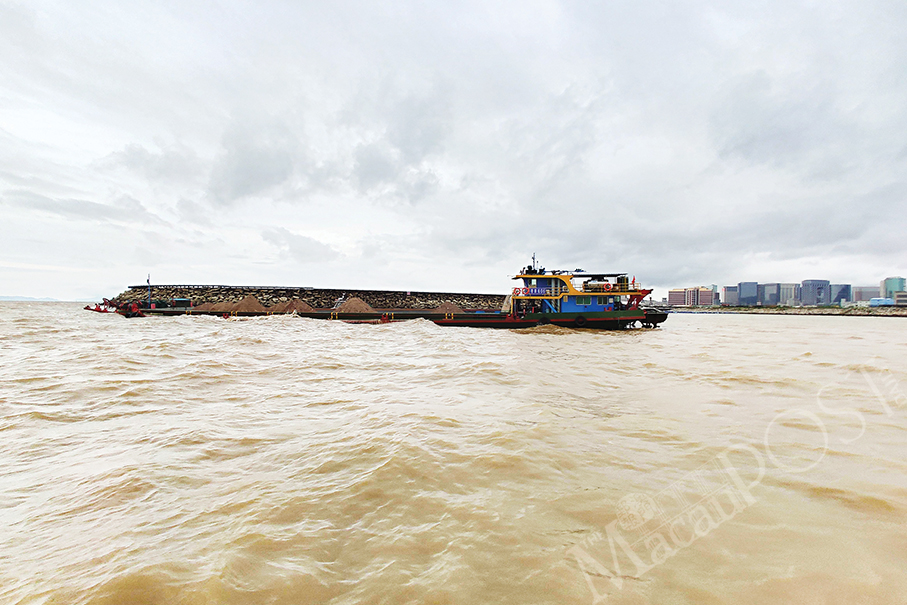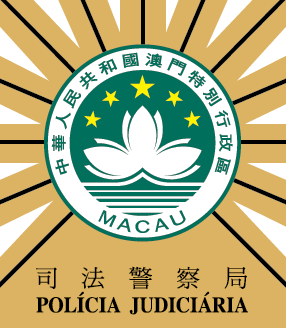A documentation display entitled “Land of Hope – Historical Archives Exhibition on Leprosariums in Macau” is on display at the Archives of Macau in Praça do Tap Seac until May 6. It is also being held permanently in the Village of Our Lady in Ka Ho.
The exhibition consists of archives, photographs, and materials as well as videos of interviews with people who had served the leprosarium.
According to a statement from the exhibition board, Macau was one of the earliest places in Asia to set up a leprosarium, a place to isolate people with leprosy, in order to tackle the disease.
The statement stressed that the exhibition aims to trace the local development of medical facilities for leprosy treatment, outline Macau’s historical context of leprosy treatment, explore social aspects, and present a local reflection of the global fight against the disease.
The exhibition showcases about 100 documents.
The Village of Our Lady in Ka Ho (九澳聖母村) is the only remaining leprosarium site in Macau. It was built in 1885 to accommodate leprosy patients. It was then expanded into a complex with five residential houses and the Chapel of Our Lady of Sorrows. Furthermore, Italian priest Gaetano Nicosia of the Society of Saint Francis de Sales started his service in the leprosarium in Ka Ho in 1963.
The statement underlined that aside from the leprosaria in São Lázaro district, Pac Sa Lan (白沙欄) and Ka Ho, there were other plans at that time by the local government to build leper houses and select locations to provide temporary housing for leprosy patients.
The Pac Sa Lan leprosarium was located on Hengqin Island in the late 19th century. It was destroyed by a typhoon in 1883.
Leprosy is an infectious disease that damages the skin and nervous system. The condition can be cured with early diagnosis and treatment.
The exhibition is held at the Archives of Macau at91-93 Avenida do Conselheiro Ferreira de Almeida in Praça do Tap Seac (澳門荷蘭園大馬路). It opens daily Mondays to Fridays from 9: 30 a.m. to 6: 30 p.m. and on Saturdays from 1 p.m. to 6 p.m. It is closed on Sundays and public holidays.
The exhibition is also being held permanently at the Village of Our Lady Ka Ho at 23 Estrada de Nossa Senhora de Ka Ho in Coloane (路環九澳聖母馬路) daily from 10 a.m. to 6 p.m. (closed on Wednesdays).
For more information, visit https://www.archives.gov.mo/en/.
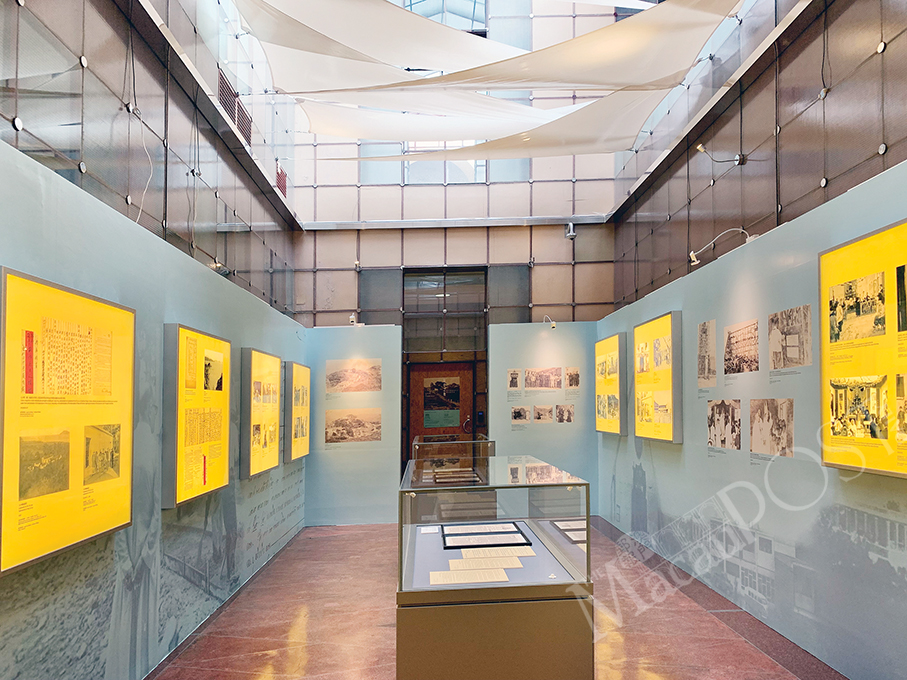
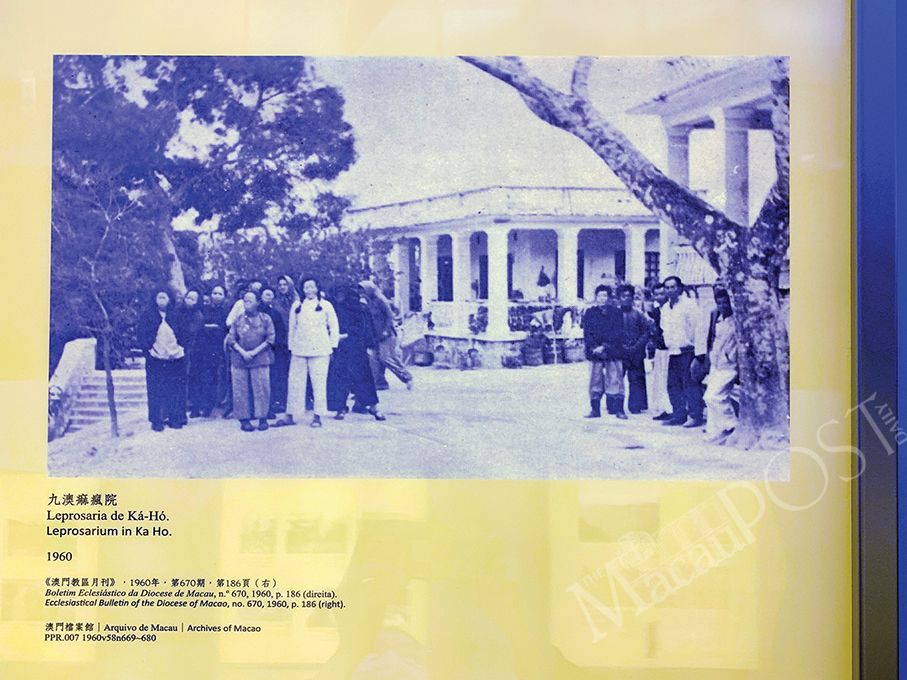
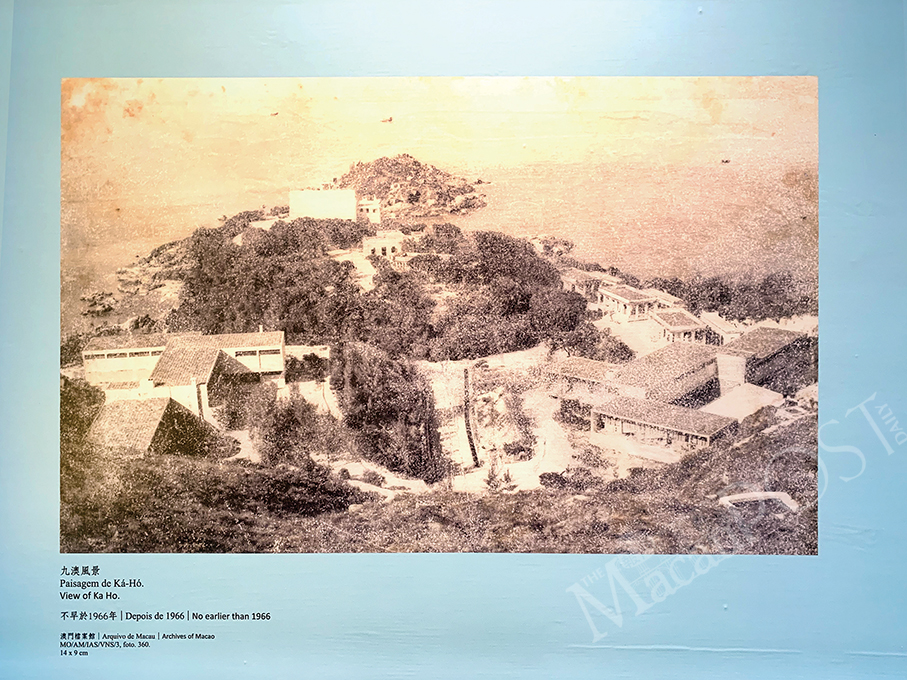
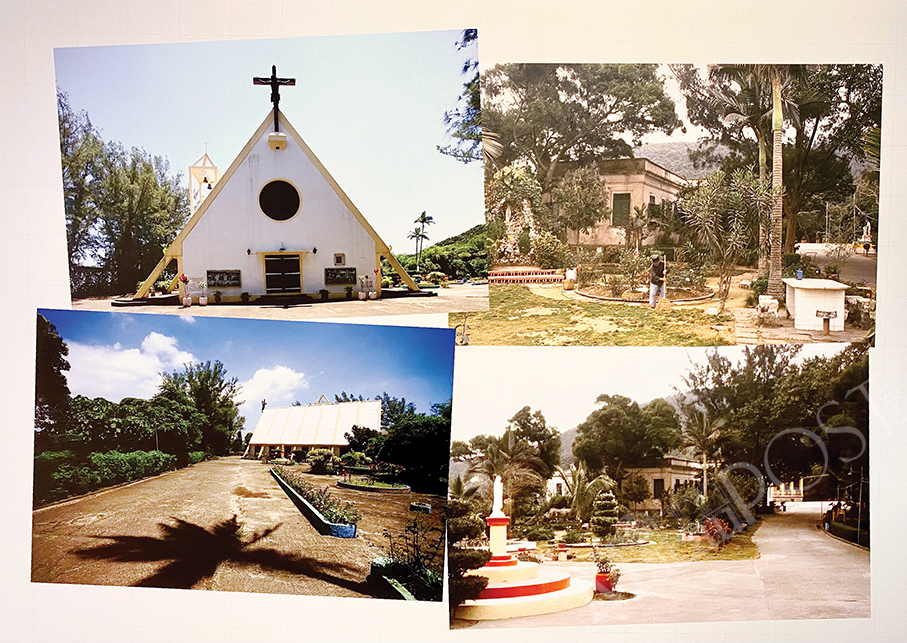
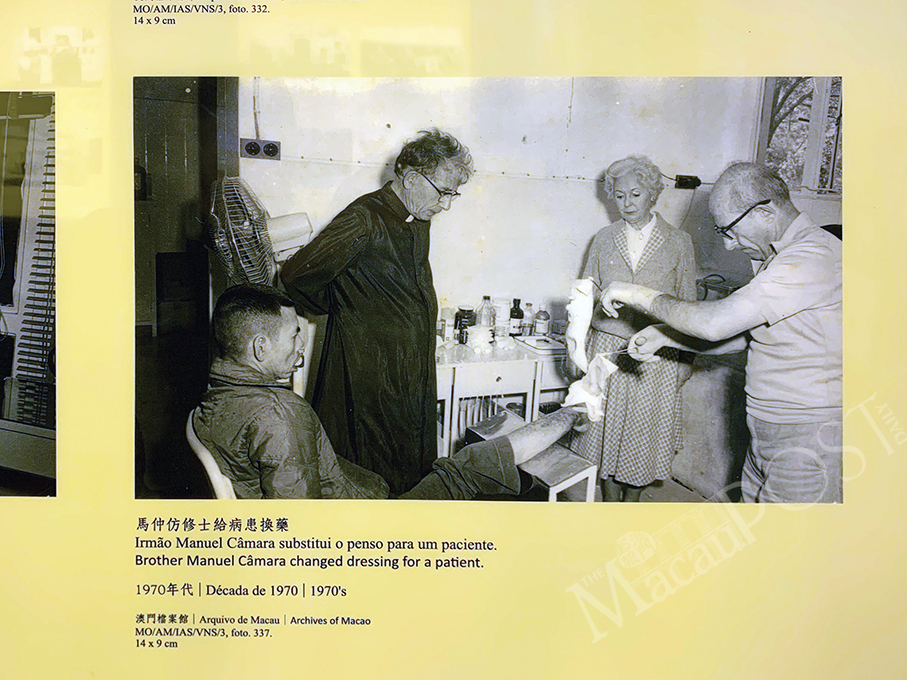
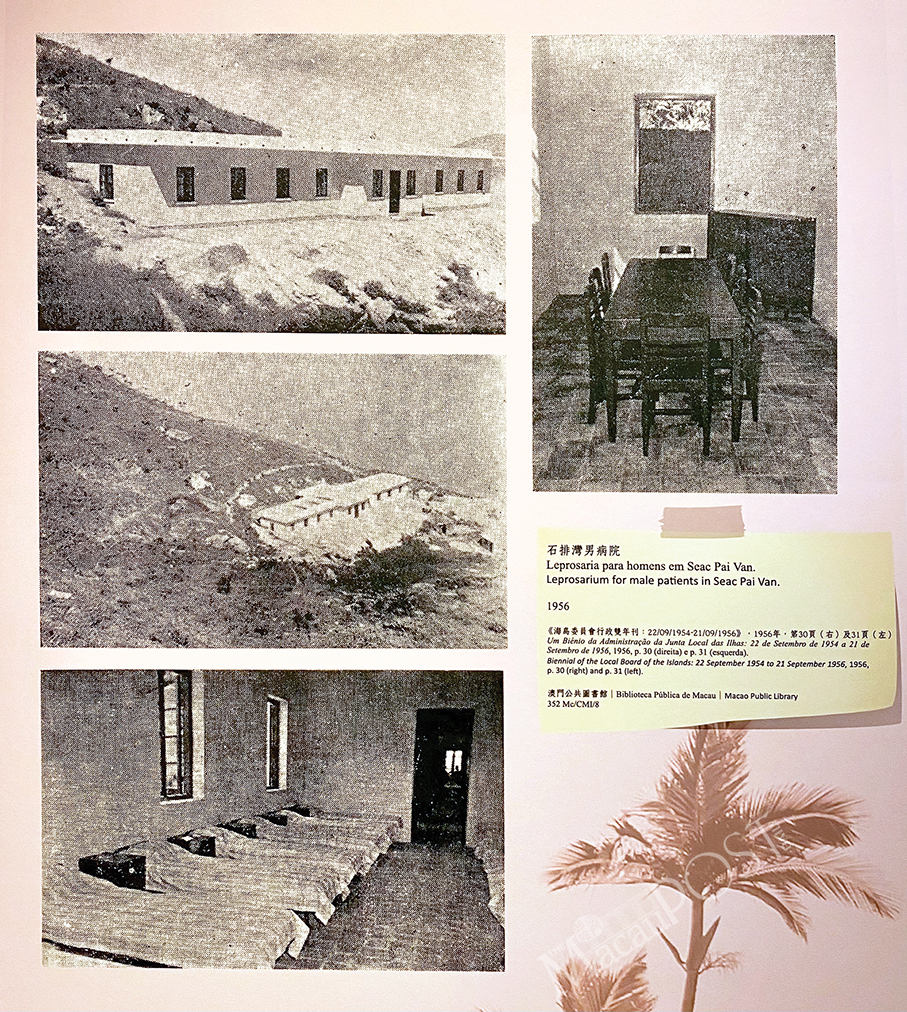
Photos: Ula Cheang and Camy Tam







